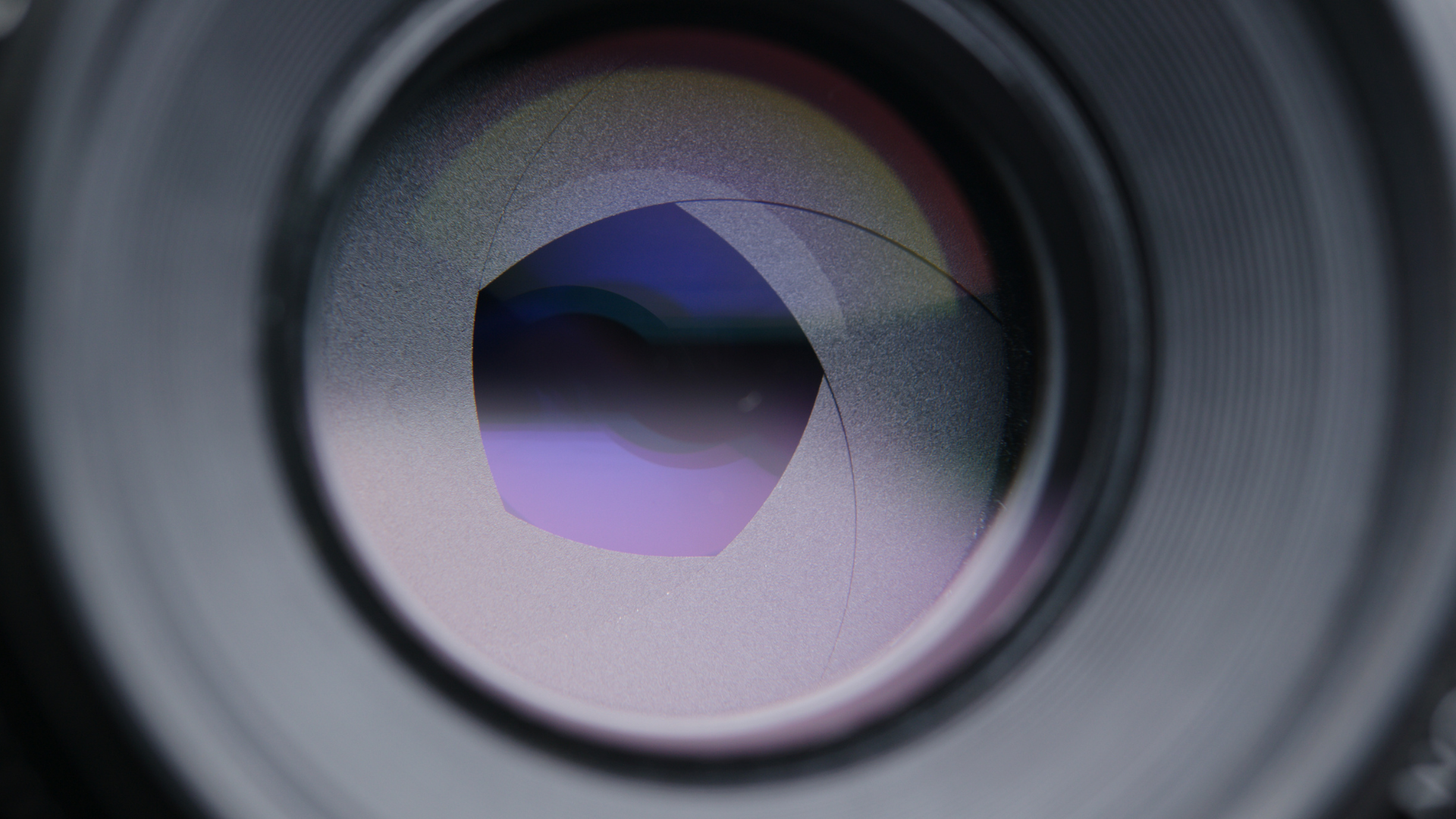How to Shoot Commercial Photography: A Roadmap for Success
Commercial photography is the specialised practice of creating images used to sell, advertise, market, or promote products, services, or brands. Unlike fine art or documentary photography, commercial work is fundamentally utilitarian: its success is measured by its ability to meet a client’s business objectives and elicit a specific audience response. A successful commercial photographer, therefore, must navigate a complex process that extends far beyond technical camera operation, incorporating rigorous project management, creative planning, and effective client communication. This guide outlines the essential phases of executing a commercial photography brief, detailing the systematic approach required to transform a client’s vision into powerful, marketable imagery.
Phase 1: The Client Brief and Discovery
The journey begins with the Client Brief and Discovery Phase, which is arguably the most critical step. Commercial images are tools, and to build the right tool, one must fully understand the job. The photographer must obtain a clear, detailed brief outlining the project’s scope, objectives, target audience, and intended usage. Key questions must be answered: What is the emotional or functional story the images need to tell? Who are the images speaking to, and where will they be seen (e.g., billboards, social media, e-commerce, print collateral)? Most importantly, a detailed discussion about usage and licensing must occur early. Commercial licensing dictates where, for how long, and to what extent the client can use the images. This determines the fee and protects the photographer’s intellectual property. Concurrently, the photographer must establish a clear budget and timeline, ensuring the project is financially viable and aligns with the client’s marketing calendar. Transparency in this initial stage builds trust and prevents costly misunderstandings down the line.
Phase 2: Pre-Production and Logistics Planning
Following the approval of the brief and budget, the project moves into Pre-Production and Planning. This intensive phase involves transforming abstract ideas into concrete logistical steps. Based on the agreed-upon aesthetic, often visualised via mood boards and shot lists, the photographer oversees all necessary arrangements. For location shoots, this means scouting for the perfect backdrop, obtaining necessary permits, and accounting for variables like sun position and weather contingency. For studio work, it involves confirming studio rental, booking necessary equipment (specialised lighting, backgrounds, props), and setting up complex lighting diagrams. Casting for models or hand models is managed here, ensuring the talent aligns perfectly with the brand's image and target demographic. Every potential obstacle is identified and mitigated during pre-production, guaranteeing that the actual shoot day is focused solely on creative execution, not logistical firefighting. A comprehensive shot list is the final deliverable of this stage, serving as the blueprint for the entire shoot.
Phase 3: Execution and The Shoot Day
The Execution Phase, or the Shoot Day, demands technical mastery, efficient organisation, and strong leadership. The photographer’s role shifts to that of a director, managing the crew, talent, and client expectations on set. Technically, lighting is paramount in commercial work; every light placement must be intentional, designed to highlight the product’s best features or define the mood of the scene as per the brief. Many commercial photographers work tethered, connecting the camera to a computer to instantly view high-resolution images, allowing the client and creative director to provide immediate feedback and ensure the image is perfect before moving on. Maintaining a disciplined, positive, and collaborative environment is crucial. The photographer must work closely with the art director to iterate on compositions and poses, constantly referring back to the shot list and mood board to ensure every frame captured moves the client’s objective forward. Quality control on set is non-negotiable; meticulous checking for minor flaws, stray hairs, or dust particles saves substantial time in post-production.
Phase 4: The Post-Production Workflow
Once the shooting is complete, the project transitions into the critical Post-Production Workflow. This phase is where the raw captures are finessed into final commercial assets. The first step is culling, or the selection of the strongest images, which should always be done with the client's brief and the overall narrative in mind. After client selection, the technical editing process begins, focusing on consistency, colour, and retouching. In commercial photography, colour consistency across all images is vital, especially for product and e-commerce work, where colours must accurately represent the physical item. Retouching must be executed professionally, removing distractions and enhancing features without making the image look unnatural or overly processed, a delicate balance that preserves believability while adhering to brand standards. The photographer must establish a non-destructive editing workflow (e.g., using software like Adobe Photoshop or Capture One) to allow for future adjustments if the client requires minor changes.
Phase 5: Delivery and Wrap-Up
Finally, the project concludes with Delivery and Wrap-Up. The final, high-resolution files must be delivered in the formats specified in the brief (e.g., TIF for print, optimised JPEG for web). It is essential to ensure the images are correctly named and organised according to the client’s specifications for easy integration into their assets library. Crucially, the final invoice is submitted, which should clearly reference the agreed-upon usage license. A professional commercial photographer understands that the relationship does not end with delivery; a follow-up is necessary to ensure the client is satisfied and to solicit feedback.
Commercial photography is a disciplined blend of art and business. By treating each project as a professional, multi-stage operation, from meticulous planning and clear communication to technical precision on set and disciplined post-production, the photographer ensures they not only deliver beautiful imagery but also valuable marketing assets that contribute directly to the client's success. This systematic roadmap is the foundation upon which successful, long-term commercial relationships are built.
For more information on all thing’s commercial photography contact Hawk today for expert consultation.


